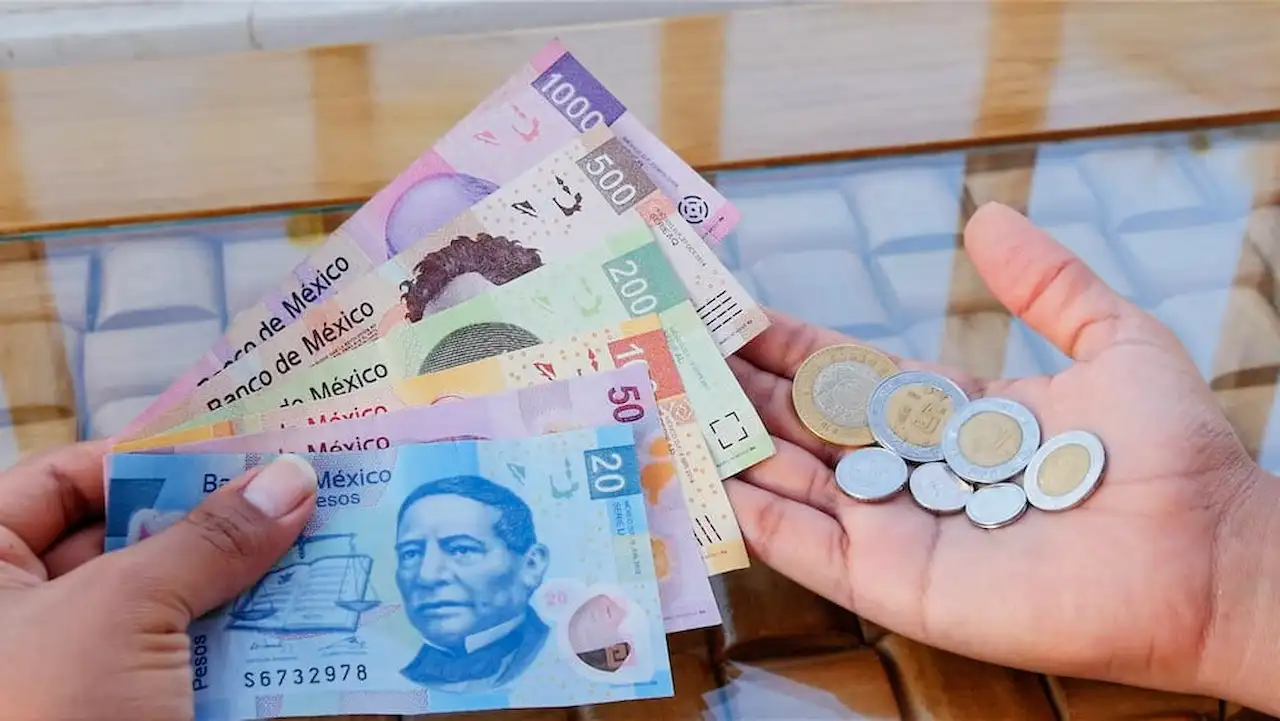- Forex Brokers
Best Brokers
- Guide
- Education
- Forex Software
- Tools
- News
- Forex Brokers
Best Brokers
- Guide
- Education
- Forex Software
- Tools
- News

Story Highlights
The foreign exchange market can be a fascinating place, where seemingly distant events can trigger tremors that ripple across continents and currencies. This past Friday, the Mexican Peso (MXN) offered a prime example of this phenomenon, embarking on a roller coaster ride against the US Dollar (USD) in response to a confluence of global and domestic factors. Understanding this dance between the Peso and the Dollar requires delving into the complexities of US jobs data, global trade dynamics, and the health of Mexico’s internal market.
The drama began with the release of the US Nonfarm Payrolls report, a monthly snapshot of job creation in the world’s largest economy. This data point is keenly watched by investors worldwide, as it offers valuable insights into the health of the US economy and, by extension, the direction of US Federal Reserve policy. A strong Nonfarm Payrolls report typically translates to a robust US economy, which often leads the Fed to raise interest rates.
Higher interest rates in the US tend to attract foreign capital, strengthening the USD as investors seek higher returns. Conversely, a weaker Nonfarm Payrolls report can raise concerns about a potential slowdown in the US economy, potentially prompting the Fed to hold off on raising rates or even consider lowering them. This scenario can weaken the USD as investors become less enthusiastic about holding the currency.
On this particular Friday, the Nonfarm Payrolls report revealed a surprise. Instead of the anticipated 243,000 new jobs, the data showed only 175,000 jobs added in April. This unexpected shortfall sparked a wave of optimism in the currency market. Investors interpreted this data as a sign that the Fed might delay raising interest rates, a move that would weaken the USD. As the Dollar weakened, the Mexican Peso, a popular alternative for investors seeking exposure to emerging markets, strengthened. The Peso initially rose by nearly half a percent against the USD, reflecting this newfound optimism.
However, the Peso’s celebration was short-lived. While a slower pace of job creation in the US might influence the Fed’s decision-making on interest rates, it also hinted at a potential slowdown in the US economy itself. A sluggish US economy can translate into lower demand for Mexican exports, a crucial engine for Mexico’s economic growth.
As the initial euphoria subsided, investors began to factor in this potential downside risk. The initial optimism about a weaker USD gave way to concerns about a potential decline in demand for Mexican goods, causing investors to pull back from the Peso. The Peso consequently relinquished all the gains it had made earlier in the day, returning to its pre-Nonfarm Payrolls level.
Adding another layer of complexity to the Peso’s story was the release of Mexico’s S&P Global Manufacturing Purchasing Managers’ Index (PMI) data on Thursday. This survey, which gauges the sentiment of purchasing managers in the manufacturing sector, is a valuable tool for understanding the health of this critical industry. A PMI reading above 50 indicates expansion, while a reading below 50 suggests contraction.
Unfortunately, Mexico’s PMI data for April painted a mixed picture. The index reading fell to 51.0, down from 52.2 in March. This marked the third consecutive month of decline, although it remained comfortably above the 50 threshold, indicating that the manufacturing sector was still expanding. The report cited fierce competition from Chinese manufacturers and weak overseas demand as the primary culprits behind the slowdown.
Despite the headwinds from the external environment, the PMI data offered a glimmer of hope for the Peso. The report revealed that domestic demand in Mexico remained robust, effectively offsetting some of the weakness in overseas sales. This highlights the growing strength of Mexico’s internal market, which has emerged as a significant driver of the country’s economic growth in recent years. A resilient domestic market can act as a buffer against external shocks, providing some stability for the Peso.
From a technical analysis perspective, the USD/MXN pair appears stuck in a short-term sideways trend. This means the exchange rate has been oscillating within a defined range, bouncing between a floor of around 16.86 pesos per US dollar and a ceiling of around 17.40 pesos per US dollar. While some technical indicators suggest a potential short-term bounce for the USD within this range, a decisive breakout above the 17.40 resistance level or below the 16.86 support level would be required for a more sustained directional move in the exchange rate.
Also read: OKX Ventures and Stanford Join Forces to Drive Sustainable Blockchain Innovation